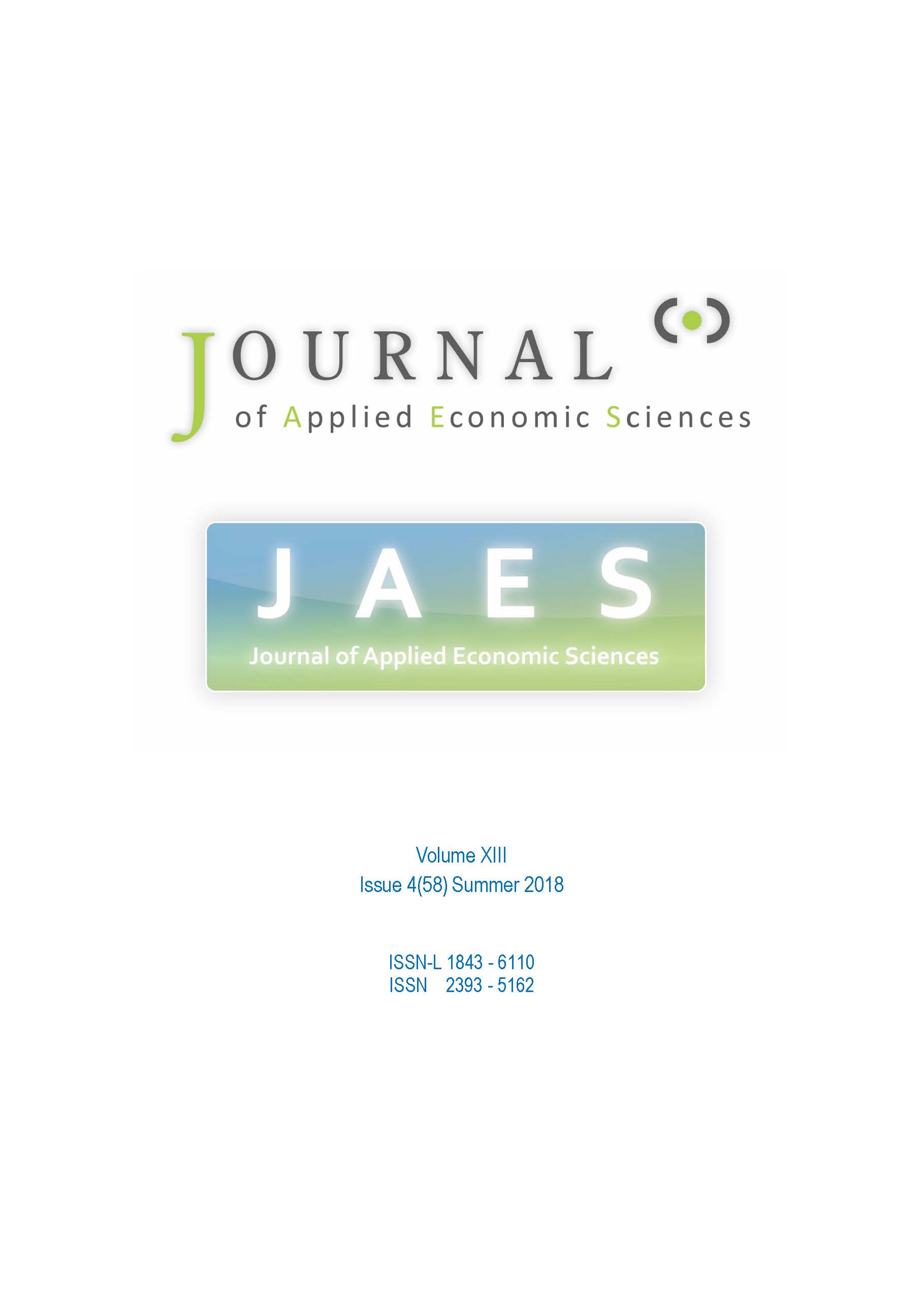Economic Integration in the ASEAN and Its Effect on Empirical Economic Growth
Economic Integration in the ASEAN and Its Effect on Empirical Economic Growth
Author(s): Patcharee Preepremmote, Sumalee SantipolvutSubject(s): Economy, Supranational / Global Economy, Business Economy / Management
Published by: Reprograph
Keywords: ASEAN economic integration; economic integration index; economic growth; panel data;
Summary/Abstract: This paper empirically examines the impact of economic integration on economic growth within the Association of Southeast Asian Nations (ASEAN) from 1995–2015. A composite index was developed to measure the degree of ASEAN economic integration, based on the single market, economic homogeneity, and economic symmetry. According to the results, Singapore, Brunei Darussalam, Malaysia, and Laos have a high degree of economic integration. The Philippines is consistently below the average degree of economic integration in this region as are Thailand, Indonesia, Cambodia, Myanmar, and Vietnam. Our results are consistent with the literature where economic integration has a positive impact on economic growth especially for Indonesia, Malaysia, the Philippines, Singapore, and Thailand. The results also suggest that changes in the degree of ASEAN economic integration make a greater contribution to economic growth than that of ASEAN economic integration degree. Finally, the paper suggests that policymakers take into account the activities of continuous economic integration. Policy formulation should involve the continuation of the ASEAN economic integration agreement and the implementation of agreements must be adopted in accordance with the development level of member countries.
Journal: Journal of Applied Economic Sciences (JAES)
- Issue Year: XIII/2018
- Issue No: 58
- Page Range: 915-927
- Page Count: 13
- Language: English

